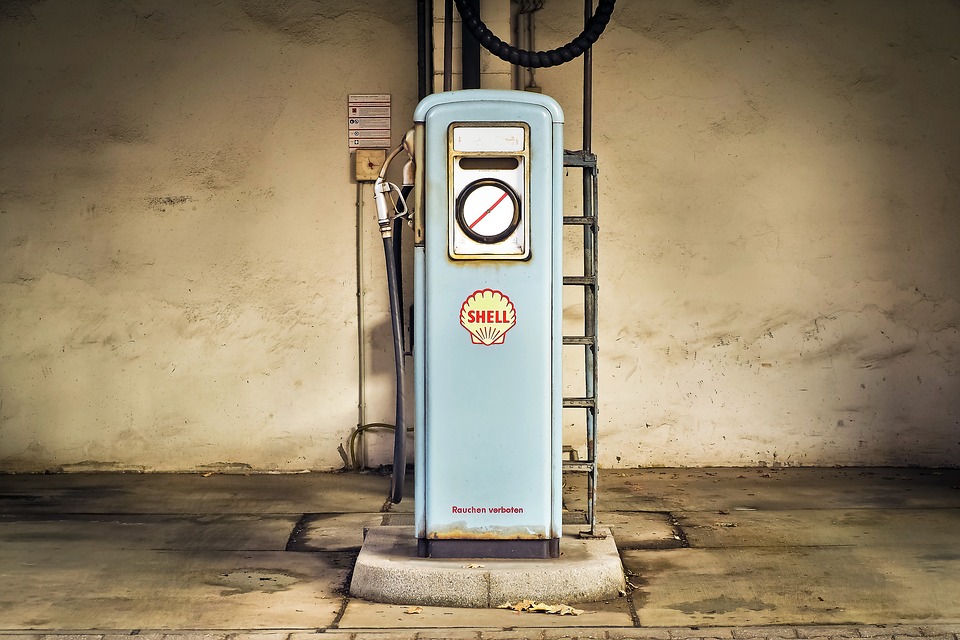Monetary Policy Committee, formed in September 2016 to fix the benchmark policy rate (repo rate), has been under constant pressure to lower borrowing costs in light of high deposits and stagnate economic growth after the cash ban. But, unlike as highly expected, the rate was kept same for the second time consecutively in February 2017, after a rate decrease spree since January 2015.
The juxtaposition is that whenever the rates are changed, the biggest sufferer is the conservative investor who relies on fixed income investments, especially by investing in bank fixed deposits (FDs) for regular income. With decrease in repo rate, banks also decrease their lending rates and consecutively if the liquidity is comfortable, interest rates on deposits are also decreased which means lower returns on reinvestment in FDs. On the other h and, in case an investor enters into FD for a longer tenure and the rates are hiked after this investment, the investor loses the chance to earn higher interest rate.
In order to safeguard against the above investment holding period risk and still benefit from the safe and assured investment avenue like FD, it is best to follow a laddering strategy while investing in FDs.
What is Laddering approach?
Under laddering, an investor, instead of locking in the entire available fund for a longer duration, is required to divide the entire amount between deposits of varying maturities. When the shortest term FD is matured, renew it for the longest duration and continue the process.
Example: Assume Mr. X has a corpus of Rs. 15 Lakhs and wants to invest in fixed deposits. The bank quotes an attractive 7% rate for a three year deposit.
Situation 1: Mr. X decides to invest the entire 15 lakhs at 7% interest rate. In such a scenario, although he is assured of 7% interest rate but in case the rate is increased one year after the investment, he will lose the opportunity to earn higher rate. Similarly, if he breaks the FD and reinvests, he will have to pay a penalty for early withdrawal and also lose interest.
Further, if interest rate is decreased after 3 years, he will be forced to re-invest at the decreased rates.
Here, investors may argue that in case the rates are decreased just after one year of investment, Mr.X will be able to earn a higher rate of interest. However, for a meager safeguard like this, it is not rational to lose the opportunity offered if interest rates are hiked. For this,it is better to invest in long tenure bonds as well alongside FDs. When interest rates are lowered, bond prices go up and investor can earn through capital appreciation which will make up for the loss of interest on FDs.
Situation 2: Mr. X decides to follow laddering strategy. This strategy involves creating an investment ladder.
Here, Mr. X is required to break his entire available funds into three equal parts and invest Rs 5 Lakh each in 1-year, 2-year and 3-year fixed deposits. As and when each FD matures, he can re-invest the amount received at the prevailing rate for the longest maturity FD, in our case, which is 3 years. This allows him to take benefit of increasing interest rates. In case the interest lowers, he can always invest in bonds.
Advantages of laddering
- Helps to take advantage of increase in interest rate without bearing the loss on premature redemption which is borne in case the investor decided to break the FD to invest at higher rate
- In case the interest falls, the overall income is still higher on the laddering technique as compared to entire corpus re-invested at lower rates, for there will be certain blocks invested at higher rate earlier. Nonetheless, as already mentioned above, if interest rate islowered, there is always an option to invest in bonds and earn from capital appreciation
- Provides liquidity to investor without penalties. The funds are available to him at different maturity points without the need to breaking FD
- Laddering manages re-investment risk
To conclude, it’s important to underst and that laddering does not maximize the returns in every situation but rather makes them more consistent. Laddering is important for investors dependent on FDs for regular income needs and for retired personnel for a more assured income source.


























